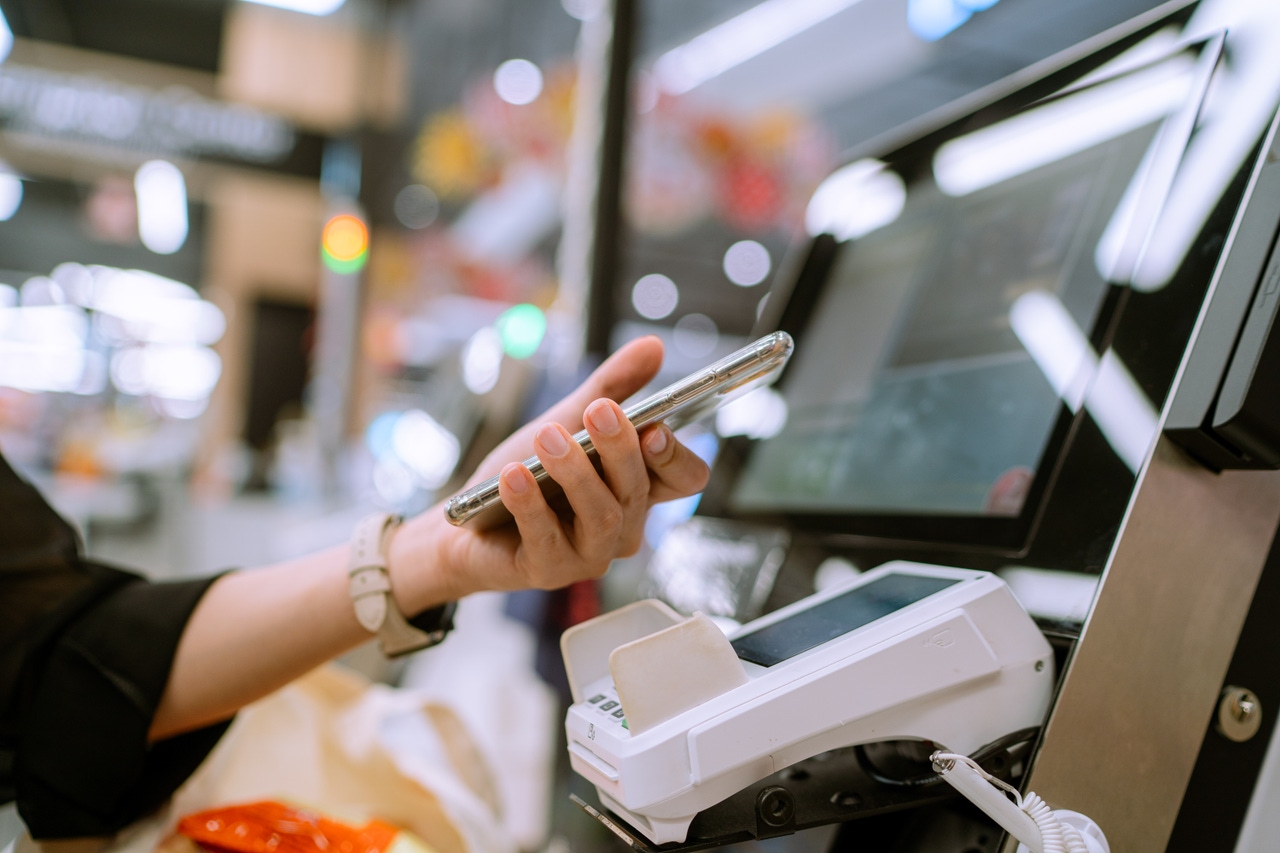A forum for contributed pieces from industry thought leaders, retailers, wholesalers and manufacturers. The views expressed are those of the authors.
What I learned at NGA: Independent grocers still face significant ecommerce hurdlesWhat I learned at NGA: Independent grocers still face significant ecommerce hurdles
But there are also big opportunities

 Jeff Anders is the co-founder and CEO of Grocerist, an eCommerce technology and marketing solution that helps independent grocers take control of digital to drive growth in-store and online. Jeff is a serial entrepreneur with ventures in software, film studios, and marketing & advertising. Previously Jeff worked at a global management consultancy and completed masters degrees at the Massachusetts Institute of Technology and Harvard University.
Jeff Anders is the co-founder and CEO of Grocerist, an eCommerce technology and marketing solution that helps independent grocers take control of digital to drive growth in-store and online. Jeff is a serial entrepreneur with ventures in software, film studios, and marketing & advertising. Previously Jeff worked at a global management consultancy and completed masters degrees at the Massachusetts Institute of Technology and Harvard University.
The NGA Show is a must-attend each year for anyone working in grocery, and the 2023 event did not disappoint. We saw more of a focus on ecommerce at this event than in any prior year. There is clearly a shift in mindset underway — while many independent grocers once saw e-commerce as a necessary evil, there is a growing realization that ecommerce can be a profit center when it’s done right.
After three intense days of networking, exhibiting and attending sessions, my takeaways included two big perceived ecommerce hurdles, and two big opportunities.
First the perceived hurdles — independent grocers are still struggling with marketing and loyalty programs and labor shortages.
Marketing & loyalty challenges: Most independent grocers believe that online sales cannibalize in-store sales — and that explains why so many have underinvested in online. But in reality, few customers shop online only — they tend to shop both in-store and online, relying on the latter for occasional convenience. To optimize omnichannel sales, grocers need to recognize this in their marketing and loyalty programs, centering promotions on the customer, not the channel, and not treating online and in-store as two completely separate businesses. This is a lesson non-grocery retailers learned in the early days of e-commerce, and we’re not sure why this divide persists in grocery.
Labor challenges: Labor challenges remain despite low unemployment rates, and this really impacts online sales, as grocers lack staff to pick and fulfill orders. But software designed to improve order picking and packing is helping grocers overcome this challenge, allowing them to run more efficiently with less staff needed.
Now for the opportunities — the top two that everyone was talking about at NGA were leveraging new payment and nutritional assistance programs such as SNAP online, and decreasing reliance on third-party online marketplaces.
Nutrition assistance programs: While SNAP (formerly known as food stamps) is accepted at more than 250,000 physical stores across the U.S., only a handful accept it online, and more should. The technical hurdles that once existed have been dismantled with new technology made available by the USDA and its partners to ease the process. Many grocers remain intimidated by SNAP online — if you haven’t explored options for online SNAP acceptance in a year or more, you’ll be surprised at all the new options available. These options also extend to other state and federal assistance programs such as Double Up Food Bucks. SNAP shoppers tend to be very loyal, making them an attractive segment for grocers.
Decreasing reliance on third-party marketplaces: Instacart arrived in 2013 and provided grocers the e-commerce presence they so desperately needed. Flash forward to 2023, and those same grocers have become disillusioned with third-party marketplaces, which brought them business, but much of it was unprofitable, and it was at the expense of building direct digital relationships with their own customers. At NGA, most of the independent grocers I connected with were looking for ways to get off those marketplaces and take back control of their e-commerce destiny.
Maybe the biggest reason grocers want off these platforms is the 10% convenience fee marketplaces charge the customer (in addition to the fee the marketplace charges the grocer). Grocers are realizing that with their own e-commerce operation, they could earn that 10% (or a reduced fee if they choose), use it to pay for all the costs of ecommerce and still make a profit.
Ecommerce was much harder to do a decade ago. Now, grocers have access to platforms like Shopify and partners that enable them to quickly build and run their own e-commerce sites that are tailored for grocers, able to accommodate grocery quirks such as weighted items and order substitutes. These platforms integrate with grocers’ in-store POS and inventory systems, and come with marketing capabilities that help grocers create and drive omni-channel campaigns designed to boost revenue both in-store and online.
Grocery ecommerce is changing rapidly, and NGA provided a great opportunity to get a crash course in the latest technology and options. The independent grocers I connected with at the event all believed that e-commerce will only grow as a percent of their overall business going forward, and become more connected to their in-store sales. There was also a palpable sense of excitement about running their own e-commerce operations in 2023 and beyond.
About the Author
You May Also Like






